Your scalp’s playing Clueo. Is it dandruff? An allergic reaction to your latest hair color? Or is something more persistent, like ringworm, quietly throwing a house party on your head? Oh, and real talk—you’ve probably already tripped and scratched an itch or six, making things worse. Most scabs and sores won’t bite. But some? They’ll drag you into a spiral of infections or hair loss if left unchecked. So let’s fact-check what’s up with your scalp—without the jargon, the panic, or the fake calmness other articles love.
Quick heads-up (pun intended): This is the “no more beating around the bush about dry skin” version. If you’ve got scabs, we’re diving in. If you’re here for prevention, we’ve got your back. And if things look like Alien-on-your-scalp-level bad? Don’t sweat yet. Let’s start with the basics.
Why Scalp Scabs Happen

More often than not, scalp scabs aren’t some cryptic alien code—they’re your skin’s SOS. Think of it like this: your scalp’s tough, but not unbreakable. Sometimes, it’s your shampoo throwing a tantrum. Other times, it’s a whole skim of fungal infections or inflamed hair follicles that won’t quit.
Most common causes: Quick guide
The big three culprits are contact dermatitis, seborrheic dermatitis (our buddy, dandruff), and scalp psoriasis. Dandruff? It’s flaky, sometimes crusty, and always shows up uninvited after a stressful week. Contact dermatitis? That’s the “uh-oh-my-new-hairspray” scenario. It’s red, it burns a little, and might even give you blisters if you’re extra-sensitive. Psoriasis is the stoic type—silver scales, thick scabs, and it doesn’t itchy scalp treatment alone feel like those. But they’re quiet, chronic pests that come back like a bad Netflix show.
Less-friendly suspects
Then there’s the “not-serious-but-might-scare-you” crew. Lice? Not disease-carriers, but they’ll give medical students rave reviews due to the sheer frustration. Ringworm (Tinea capitis)? Makes circular spots of scaly, itchy fungus. Shingles? Rare but acute like a late-night phone call. And the list goes on: folliculitis, lupus, or even stress-induced eczema. Why? Because your scalp—the hidden drama queen—stores problems from your hormones to your unhealthy eating habits. Yep, “diet” is a thing here.
Common Causes: Identifying the Offenders

Is it dandruff or dermatitis (or something else)?
Imagine dandruff as the friend who shows up to your party with rice instead of confetti. It flakes, it itches, and sometimes leaves yellow crust on your scalp or collar. That’s seborrheic dermatitis for the veggies. But it’s not just adult stuff—it’s also the leading cause in cradle cap on newborns. Yeah, that baby acne isn’t different from ours in baby form.
Here’s the kicker: you can shampoo daily like you’re fighting for hygiene and still get dandruff. The exact cause? Unknown. But it has roots in yeasty fungus (the Malassezia kind, not the sushi topping type), stress, and maybe even genetics. Think of it as your scalp’s version of fight-or-flight: “I’m Showing Stress on the Outside, but Internally Reacting.”
Contact dermatitis: When hair products become foes
You know when your scalp stings like it’s scalp rash remedies first date with a cactus? That could be contact dermatitis. It often flares up where the culprit (say, your new lavender-scented miracle conditioner) goes. Brushing your hair after that expensive keratin treatment? Yeah, that scalp-burning thing you felt? Red flag.
But here’s what many articles skip: Contact dermatitis and allergic reactions aren’t one-time things. If you’ve had a mild reaction before, the next exposure can be way worse. Dr. Joan Paul at Healthline calls it the “allergic snowball effect.” So unless you thrive on escalating skin drama, your mission is to kill the irritant like it’s the last cookie in the jar.
Psoriasis: Scalp’s quiet rebel
Flat. Silver-gray or white scabs that flake like bad foundation. There’s a chance we’re talking scalp psoriasis. Unlike dandruff’s “annoying, but tolerable” vibe, psoriasis pushes further—it burns, itches, and can swell nearby lymph nodes. Ouch. The Psoriasis and Psoriatic Arthritis Alliance says about half of us with psoriasis get scalp spots. And here’s the odd thing: Some don’t even feel it until their stylist mentions a “we’ll-call-it-hair-ecosystem-conflict.”
Treatment, Prevention, and Managing Flare-Ups
DIY-friendly fixes (for scabs that aren’t emergency-level)
Remember: topical treatments work wonders unless your scalp’s hosting a bacterial rager. Stick to oatmeal baths for inflammation. Medicated shampoos with pyrithione zinc,salicylic acid, or coal tar from Cleveland Clinic’s skin division are your MVPs for nothing-serious.
Step-by-step: Soothing scrub basics
| Step | Instructions |
|---|---|
| 1. Lather Right | Use a small fingertip of tar shampoo, work into dry scalp, leave for 2–3 minutes. Rinse thoroughly—no fighting with sticky residue. |
| 2. Cool It | If burning, switch to an oatmeal bath 1–2x a week. Aloe vera or jojoba oil for extra tenderness. |
| 3. Don’t Overdo | Scalp over-cleansing = pushing drier skin. Scalp Friend Dilemma: Moisturize as you would your face, but don’t slug it up with shea butter that clogs follicles. |
Medical treatments (for the stubborn or spreading)
Here’s where the OTC path ends. If you’ve tried three shampoos and cycled through every “itchy scalp treatment,” it’s time for a derm visit. Doctor recipes often include topical or injectable solutions like ketoconazole or stronger steroids. But those come with side effects—a change in hair texture (so annoying) or persistent irritation (don’t panic; report it!).
Red flags: When to book a (real life) expert
If sores are oozing, hair falling out in clumps, or indications like swelling show, visit a doctor fast. According to 2025 dermatological updates, infections like impetigo or autoimmune reactions need tests and interventions. If your right-for-now solution doesn’t work after 2–3 weeks? Trust your gut—it may need a professional elbow bump.
Balancing DIY and Derms: The Real Talk
To scratch or not to scratch: The viral itch dilemma
You know the rule but still get tempted. Scratching is a runaway train. It breaks scabs into open wounds and invites infections. Dr. Joan Paul from Healthline says: “Infections are where home remedies stop working.” If you’ve scratched things raw? Your next steps: cool oatmeal baths, OTC hydrocortisone (short round), or medical consultations if the pain won’t quit.
Pro tips on how to stop the cycle
Topdressing your scalp with topical antihistamines at night helps resist the temptation (and those sneaky midnight itches). Healthline also recommends wet cloths pressed on irritated spots—coolness relieves the area better than ol’ ice massage. And here’s a pro hack: Use benzathine soap (avoided in ringworm cases but great otherwise). It’s affordable, gentle, and ranks high in 2025 OTC reviews.
Diagnosis complete? Here’s chronic condition compass
Balancing chronic itchy scalp conditions—here’s a few things not to stress over. Follicle-loving treatments (like mild ketoconazole shampoos) can get rotated for better results. For psoriasis, Cleveland Clinic suggests mixing up topical treatments every 6 months to reduce side effects. If you’re prescribed injections? Cyst care requires targeted treatments—not scrubbing them raw or popping them like pimples.
Living With It: Prevention and Long-Term Know-how
Mind your environment (especially your pillows)
If your pillowcase could talk, it might say “We’re breeding bacteria, Chief.” Sweat, hair products, and dead skin residue make that stuff a scalp trap. Same with caps: if they’re sweatband territory, they’re also dermatitis triggers. The solution? Wash bedding weekly, avoid tight hats unless cold-weather fashion requires—kind of like treating your scalp like you would a baby’s skin. If sensitive, give it gentle care and give them real estate away from irritants.
Is it your hair products, really?
Take a long hard look at what you’re putting on your scalp. Doctor-recommended diagnostic: ditch the products, one by one. Pause the hair dye. Switch to shampoo lacking artificial fragrance. If your scalp tours the same states the next 2 weeks—congrats, you may be allergic. And here’s the fun part: reading ingredient labels. Sulfates? Irritants on contact-sensitive skin. Say no thank you to poison ivy brushes in your outdoor moments—even if you think you’re immune. “Personal mortification: I got contact dermatitis from sunscreen,” shares a WebMD reader—a reminder: skin’s weirdly specific about what it hates.
Take care of your skin-to-hairline life
Your scalp isn’t a standalone zone; it’s a mirror of lifestyle, mental health, and physical well-being. Stress? Increases dandruff tenfold for some. Meditate, breathe, and give your immune system a break by sleeping 7+ hours. And—we know we’ve said this once—nourish your scalp with intention. Avoid unsafe wash routines and read the evidence: Healthline’s 2024 reports suggest most people see improvement when they optimize environment, shampoo, and skin health.
Conclusion: Your Scalp, Your Rules
So here’s the deal: your scalp’s like a low-maintenance plant. Water it right (don’t overwash), give it quality nutrients, and it’ll thrive. When it starts screaming (or scabbing), you now know to sift through dandruff pap, fungal plot twists, or contact drama.
Here’s what we’ve decoded together:
- Scabs don’t automatically mean you’re unclean. Even derms themselves struggle! Joan Paul, MD, said she sometimes still battled flaky stages despite expert knowledge.
- Over-the-counter isn’t a waste of money—some target crucial issues (like dandruff) and avoid medical haste. But follow up if DIY tanks:
- Bacterial infections? Houston, we’ve gone sterile. Contact a derm and don’t risk further inflammation.
- Shampoos that remove allergy characters.
- Avoid toxic chemical squabbles with products. Your jams on your scalp mustn’t be subdued.
- Most importantly: don’t pick. Whatever you do. We’re human here, we get it, but it only escalates—and trust is built through self-restraint!
Feeling better already? Good. If not, that’s why experts exist—no shame in visiting even if Google says “home remedy #7 might help.”
Got thoughts? Stories? Or just stuck with a mystery scab you need help decoding? Spill it in the comments. We’re a village of “Is it dandruff?” experts with combat boots soaked in real-life relatability (and oatmeal baths). Your scalp will thank you later.

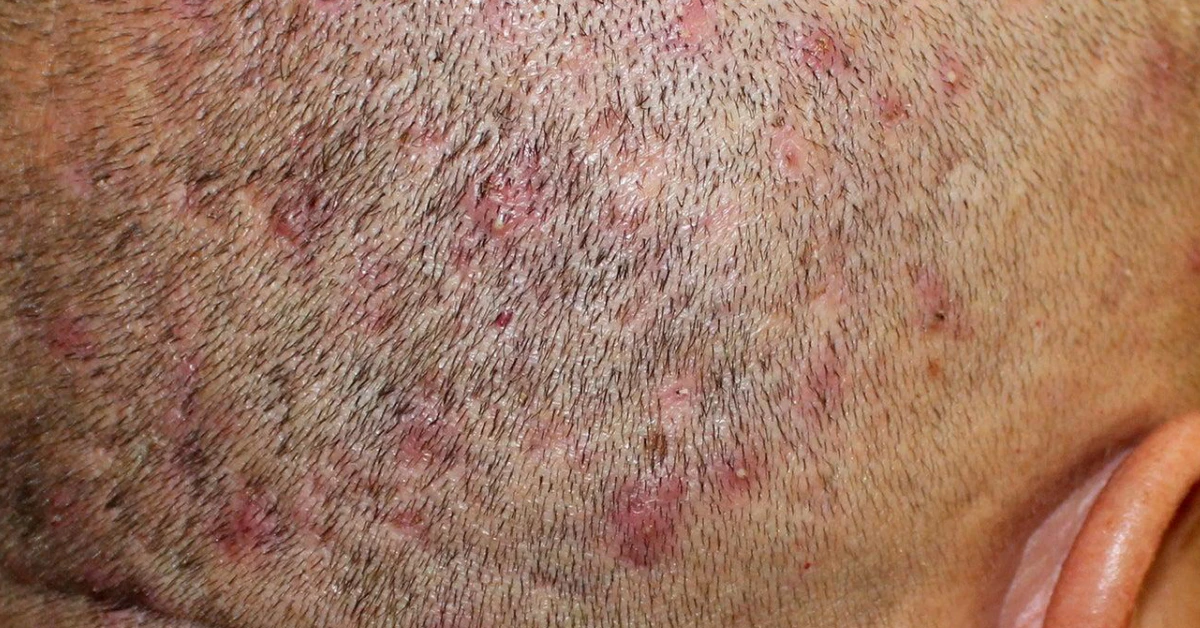







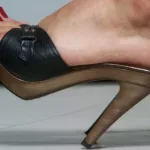





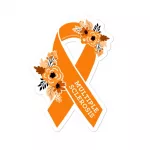
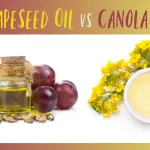
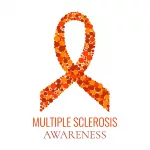
Leave a Reply
You must be logged in to post a comment.